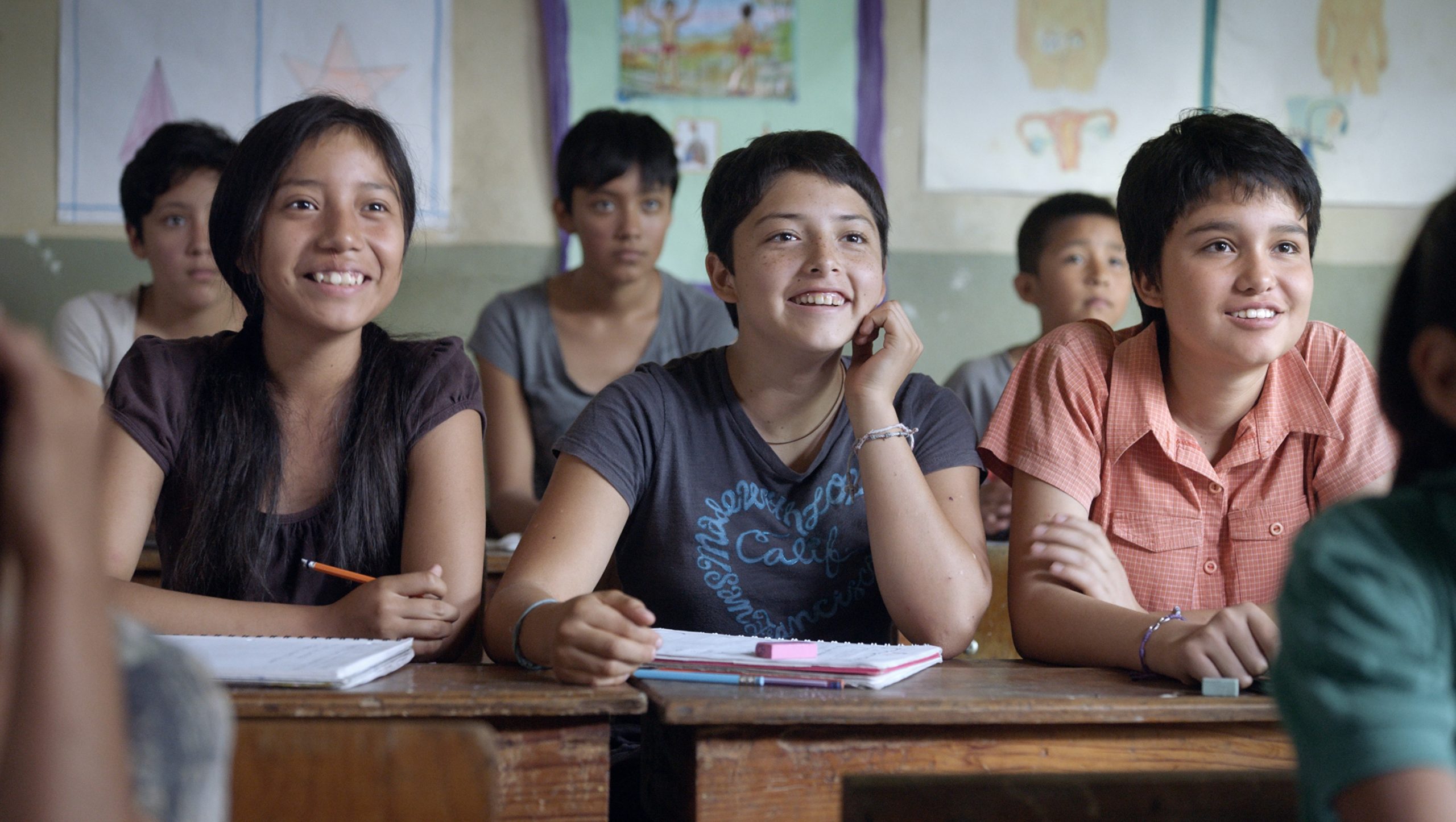Noche de Fuego (Prayers for the Stolen) is just one of the potential nominees in the Best International Film category at the Oscars this year but it truly is a film like no other. Directed by Salvadoran-Mexican filmmaker Tatiana Huezo and based on Jennifer Clement’s 2012 novel Prayers for the Stolen, the film follows Ana, Paula, and María—a trio of girls coming of age in a rural village in the Mexican state of Guerrero. But their otherwise normal experiences of crushes, school days, and summer adventures are plagued by their state’s infamous opium drug trade and trafficking of young girls their age. This month, the narrative film Noche de Fuego was chosen to represent Mexico at the 94th Academy Awards and I’m beyond convinced that it deserves to win.
And that’s despite placing less and less faith in award shows like the Oscars each passing year. Little more than a political game that hinges on how many people you know in the industry and what favors you’re willing to fulfill, the ceremony isn’t the supreme authority on the best releases in a given year, or at least it shouldn’t be. So I don’t think the Academy’s judgment should influence or invalidate my own.
But Noche de Fuego is unique in that it’s both specific to its region of origin and unsettlingly universal. It successfully grounds its story in realism and perfectly-timed coincidence, much like a documentary. Near the beginning, we see a mountain explode into dust (because of a mining operation), which was not rehearsed or part of production but a normal part of everyday life in Guerrero that the crew happened to capture. This sudden visual, combined with a rush of sound, made it feel like I was being told a story far removed from fiction.
On a more narrative track, directora Huezo chose to use a handheld camera rather than a steadicam so that footage appears shaky and ungrounded, mimicking the characters’ walking pace and psychological state, and fully placing the audience in their shoes. With a keen eye towards the source material and its specific details, Huezo went so far as to dress each main character in consistent colors, with Ana’s blue shirts, for example, conveying her sense of depression and inner turmoil.
It’s not hard to see why the character feels both. Because girls are vulnerable to kidnapping from drug cartel leaders, they’re forced to cut their hair at a short boyish length, keep their nails polish-free, dress in simple clothing like t-shirts and sandals, and hide in dug-out holes in their yards whenever they hear cars coming. All while their fathers are safe at work in the U.S. and male teachers only have to stay in their school for a semester or a year at a time before moving on. Thus, besides the rare mention in dialogue or phone call from the one hilltop in the village that gets cell reception, men are largely absent in the narrative.
Instead, in an almost radical fashion, Noche de Fuego focuses exclusively on young girls and women, and what they’re forced to suffer as a result of the drug trade: senseless murders, drive-by’s through town, poisonous pesticides dropped by helicopters miles from the poppy fields without regard for girls on the road walking to school.
But the visualization of that pain is unlike so many films of this caliber. Rather than leaning into explicit depictions of violence and bloodshed, everything is kept at bay. We never see drugs being made, packaged, or sold. We glimpse dead bodies for a brief second through a thicket of leaves before the camera cuts away, preventing us from looking too close. Near the end, when Paula leaves the village and María disappears, it’s never confirmed what happened to them even though Ana asks her mother and later, the village teacher asks his students’ parents. The bitter truth is hidden by silence, avoidance, and lies—and yet irrevocably known.

While we’ve been conditioned by the modern news cycle and mainstream entertainment to accept explicit violence as normal, Huezo’s approach was more unsettling than anything I’ve seen in the average bloody action movie.
It’s also not the only point of the film. Despite the girls’ lives being torn apart by war, the heart of the story is not their fear but the love they share. In the background of empty, run-down houses, overt poverty, and jungle terrain, Ana and her friends play games, swim in the river, go to the salon with their mothers, tease each other in school, and hold each other in rare, spiritual moments of quiet. Just as their resilience and joy helped them survive, so did it keep me hopeful even with the film’s ambiguous ending.
It’s by no means an easy watch. But the story’s significance to the state of Guerrero and the larger narrative of the drug trade cannot be understated. Unlike what we’ve always been told, it’s not just about the users or sellers of drugs but also the women and their daughters caught in their wake. They’re the ones who really pay the price for the world’s demand.
Beautiful and necessary, fictional yet true, Noche de Fuego may or may not win the Oscar this year but one thing’s for sure: it deserves to be seen.


